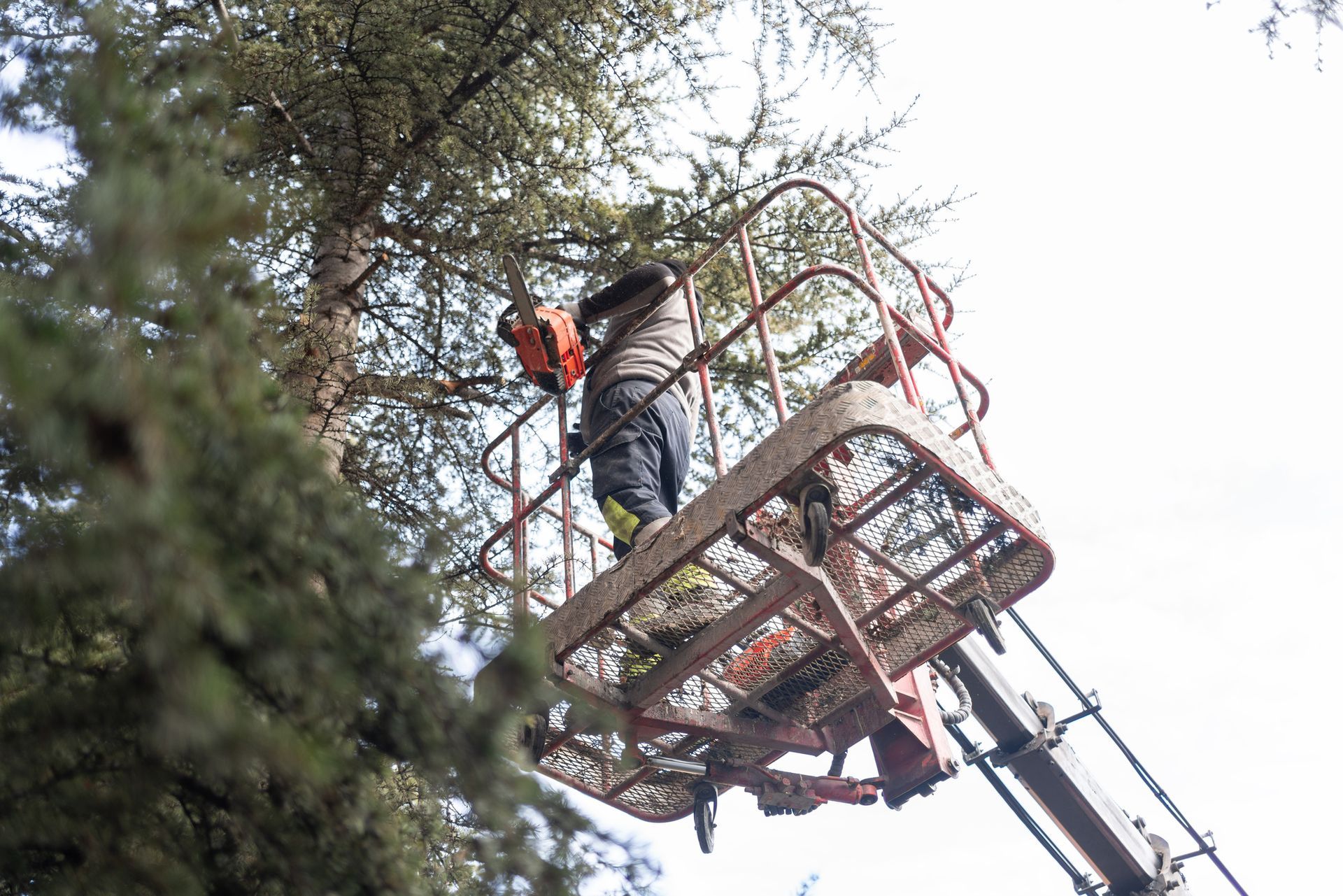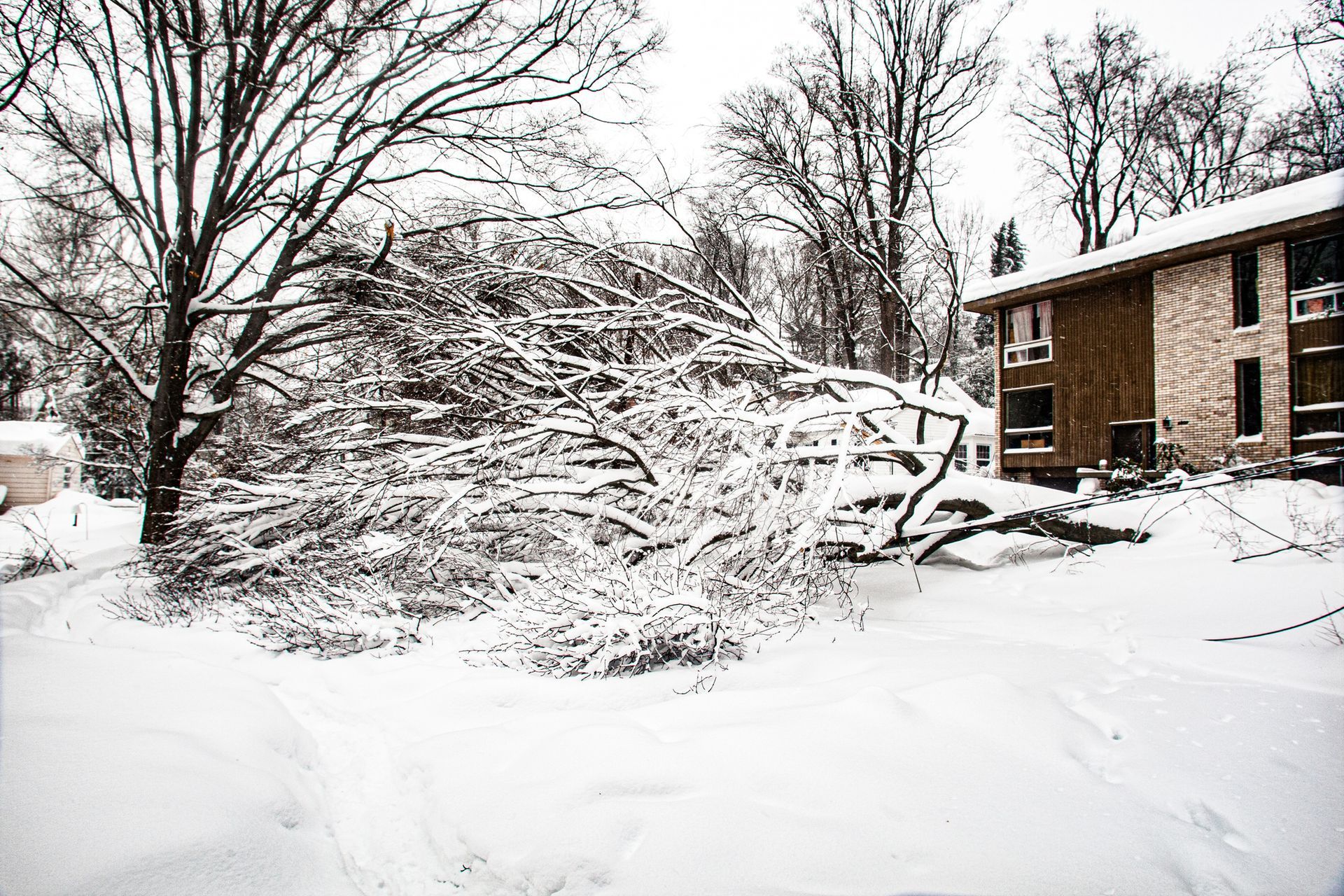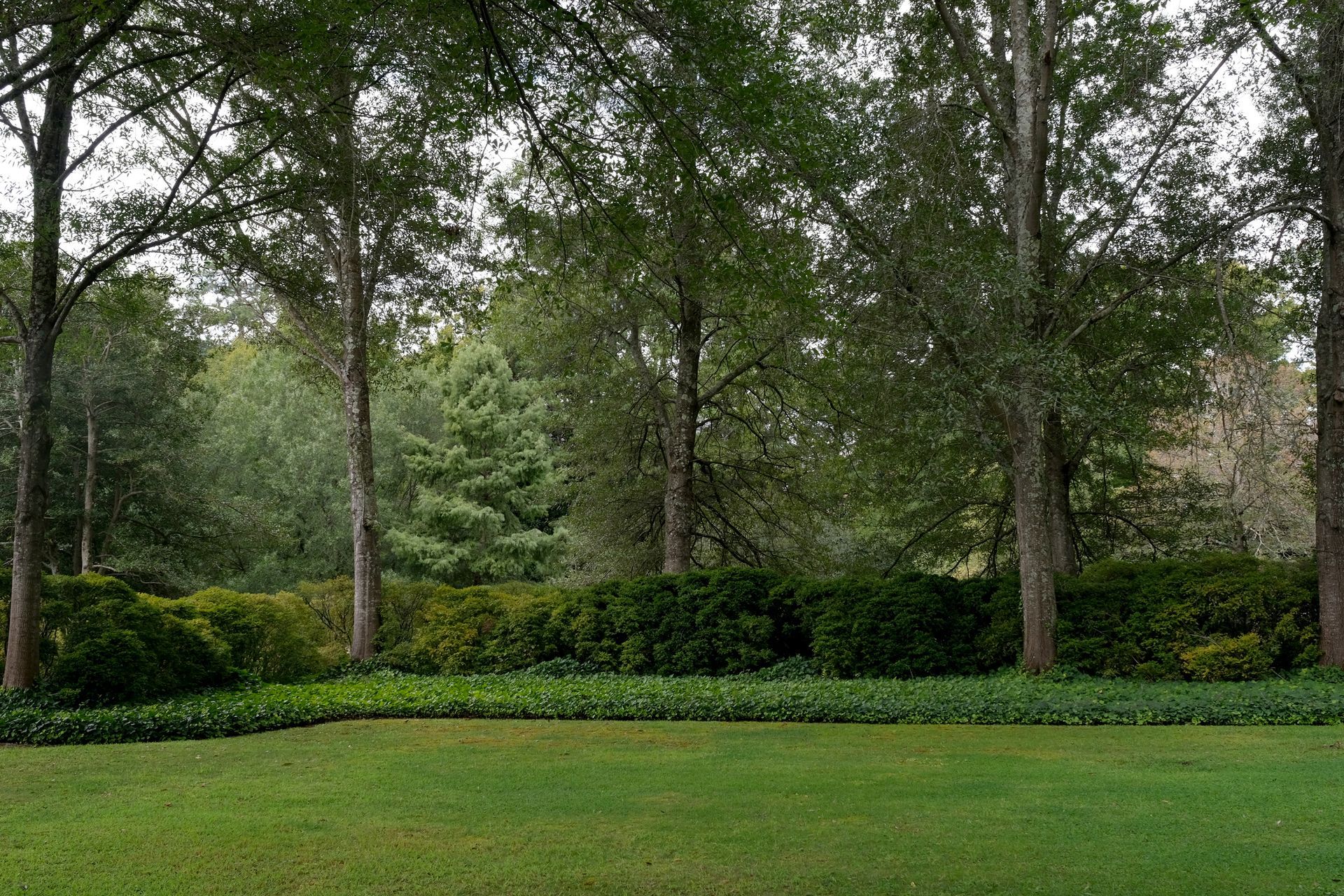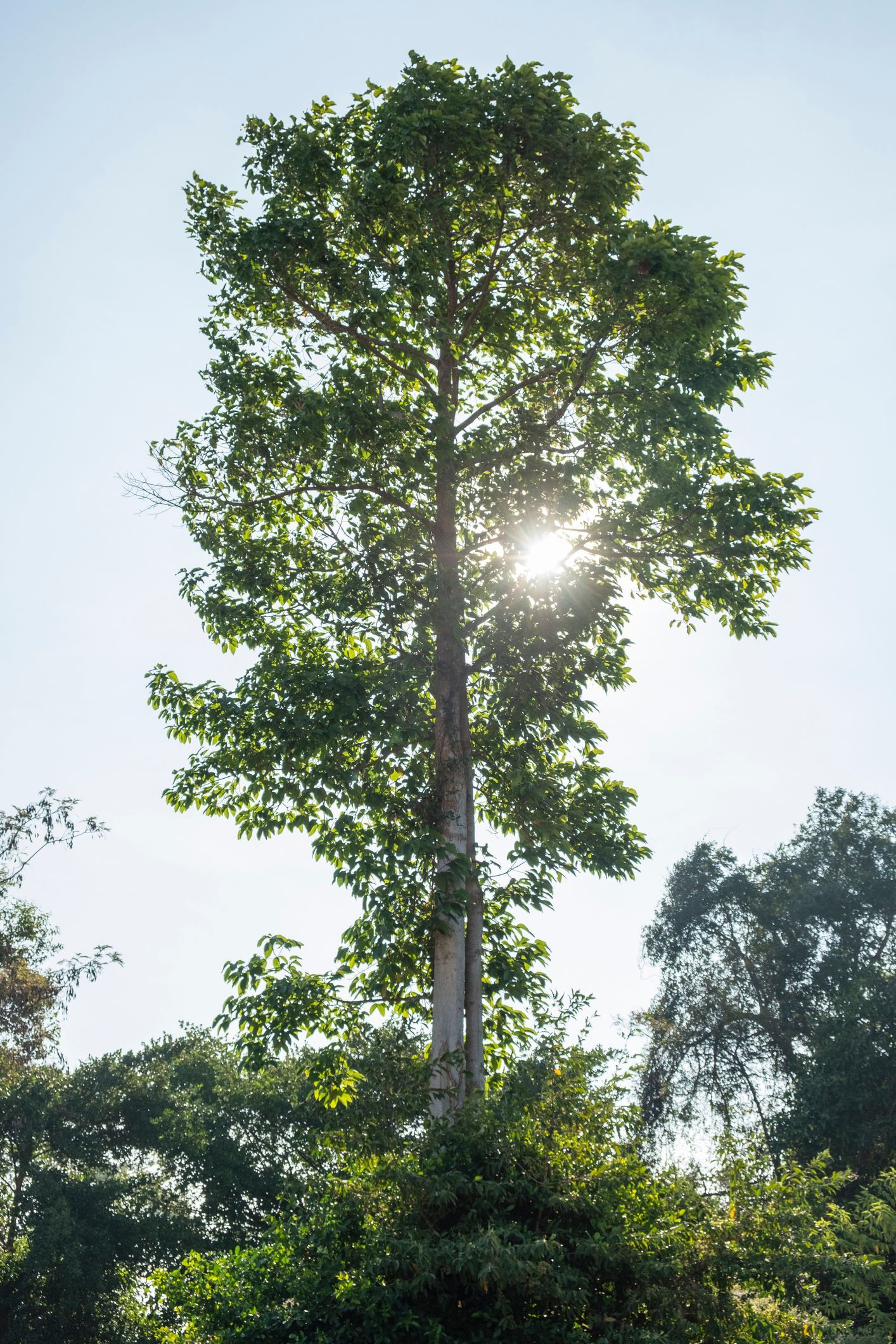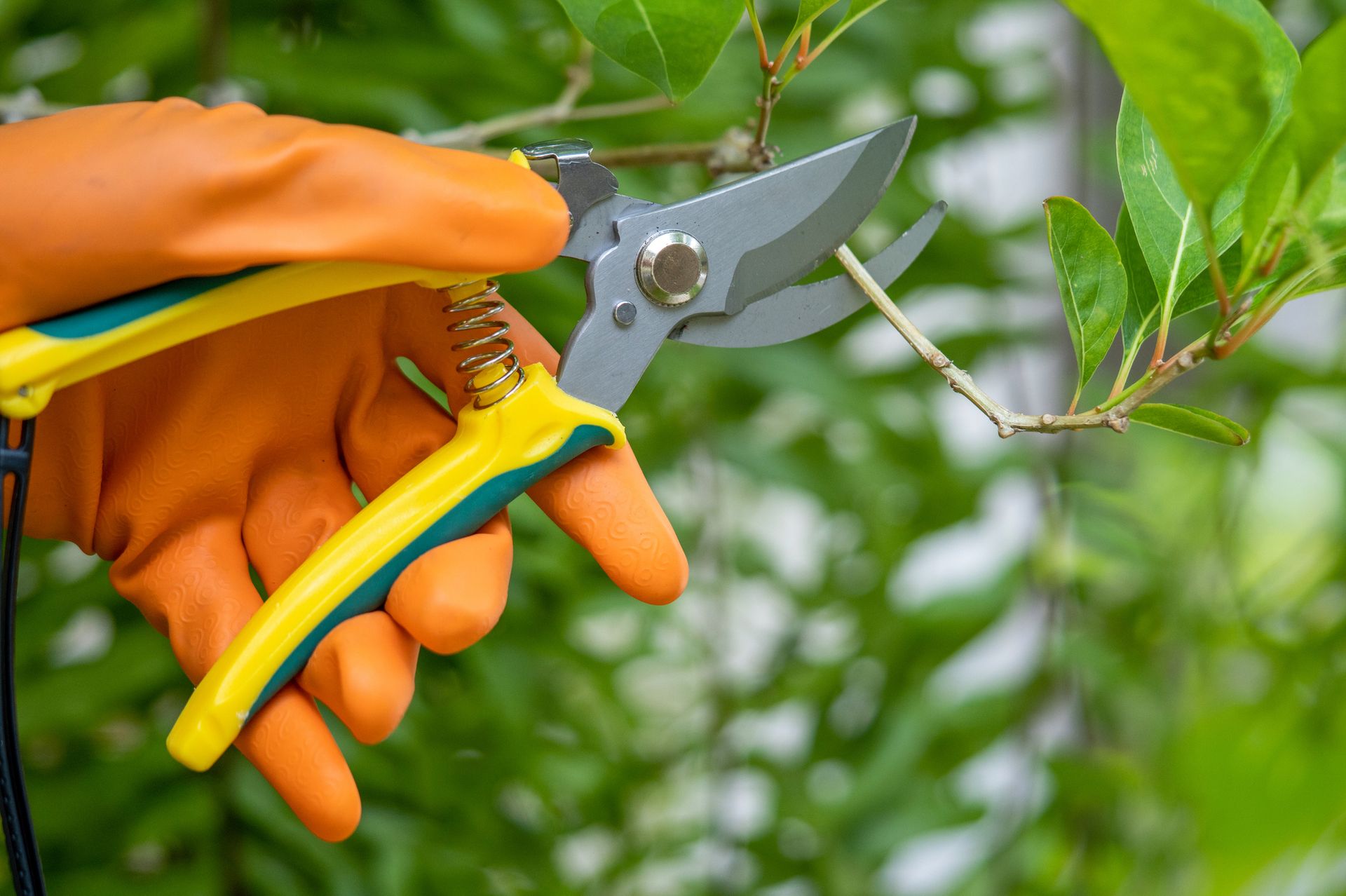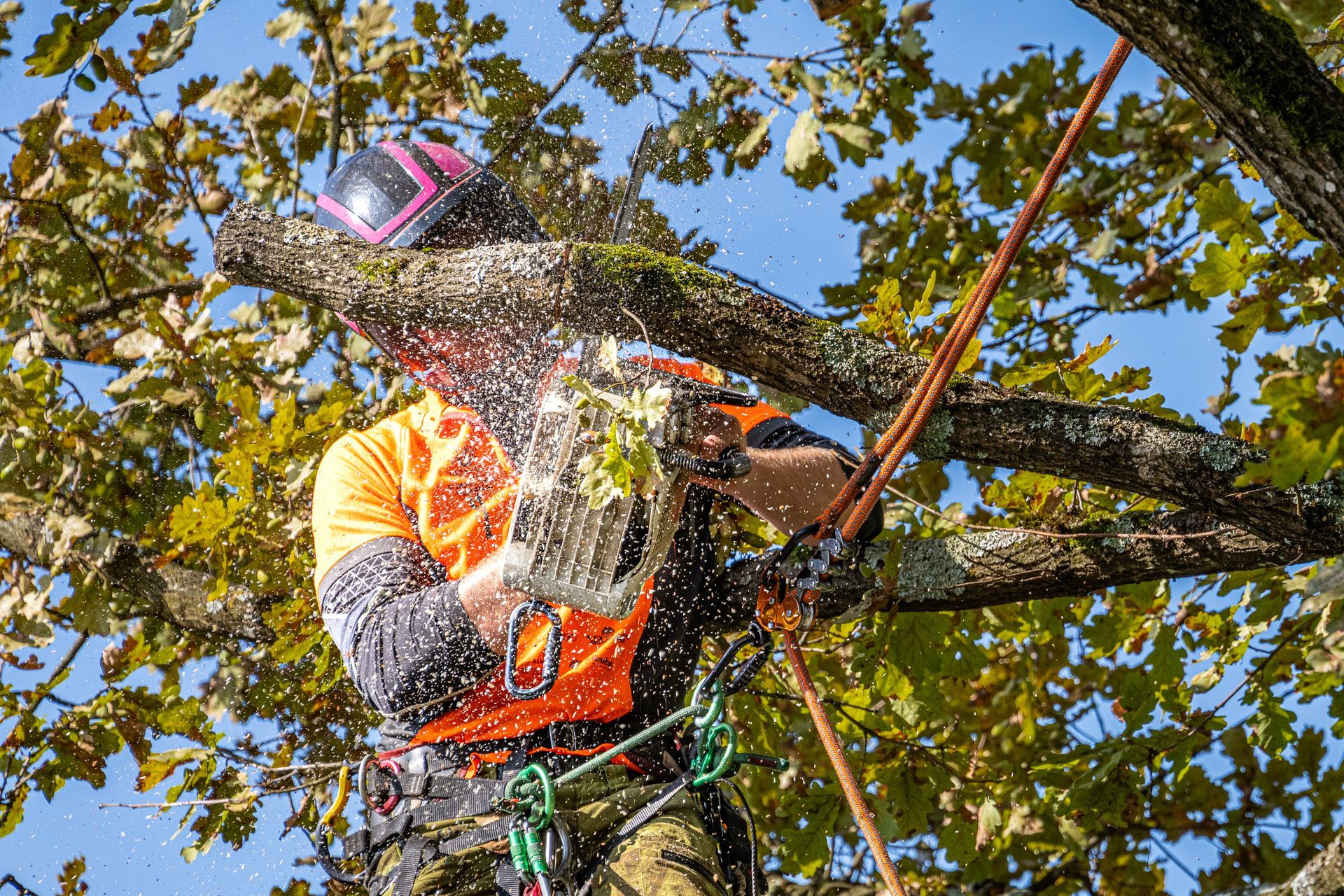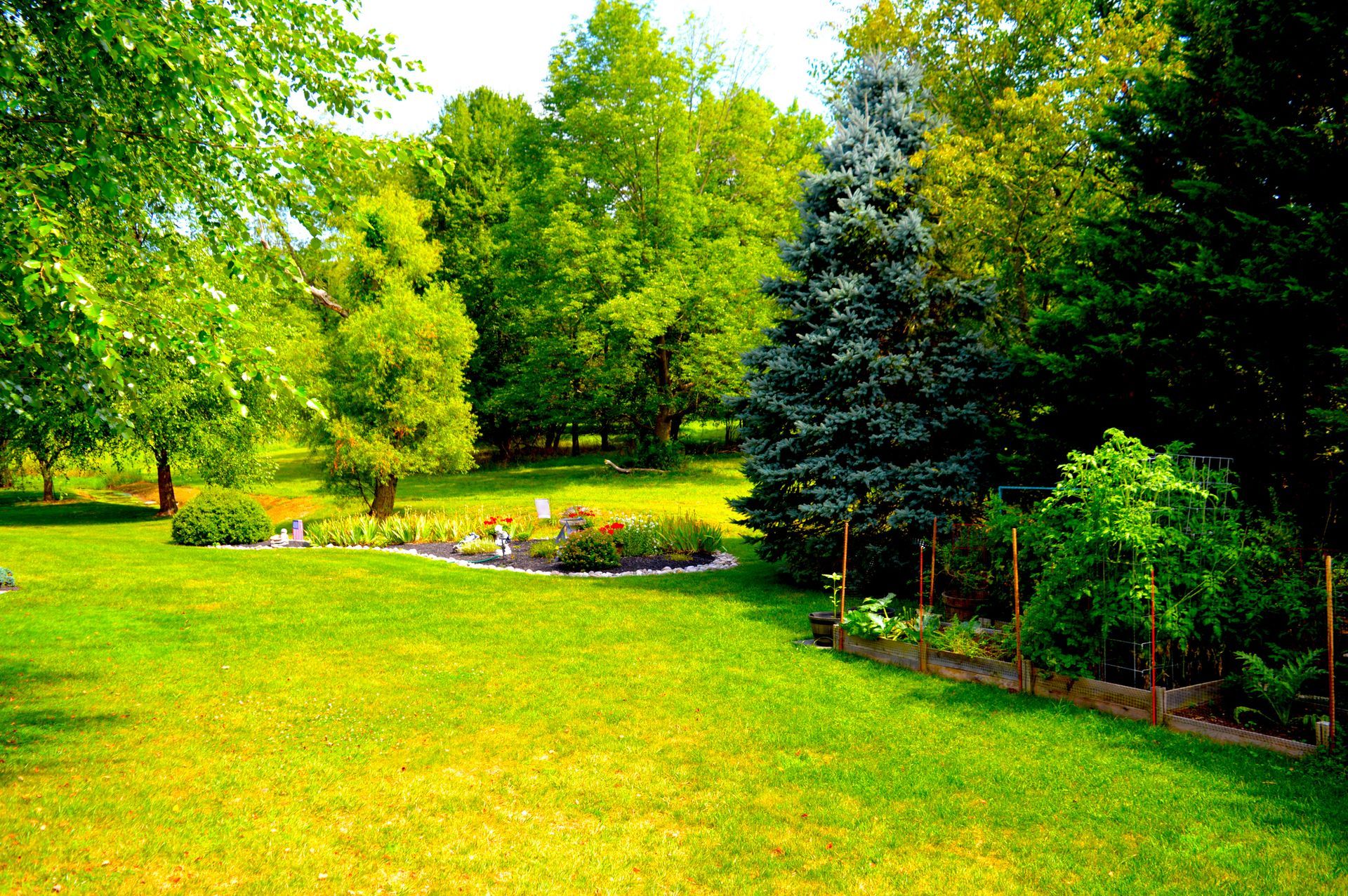Trees Can Help You Conserve Energy: Choose the Right Ones for the Job
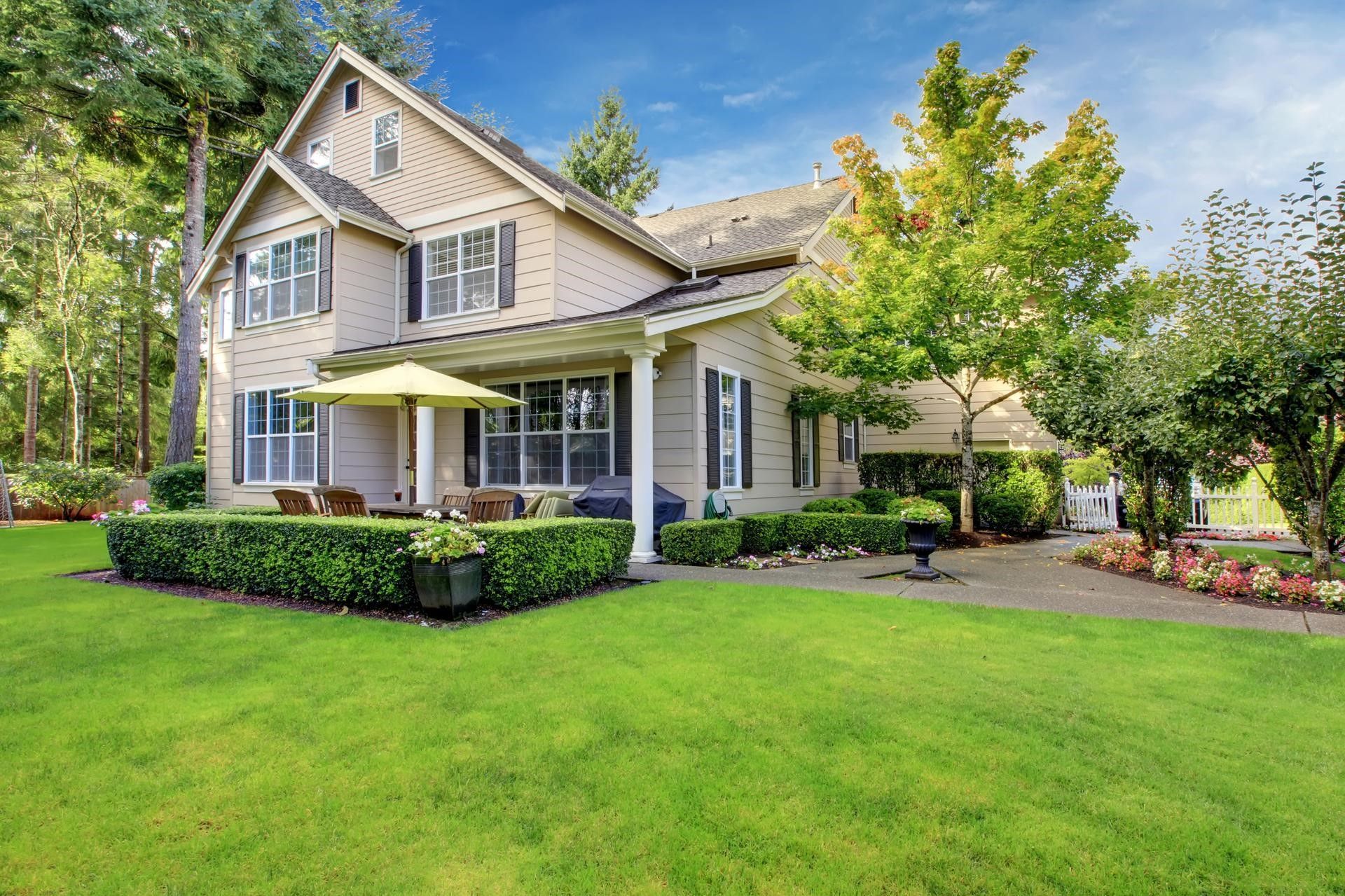
Nowadays, many people are looking for additional ways to save money. If you want to find ways to lower your utility bills, consider adding some trees to your landscape. Trees are not only beautiful and beneficial for the environment, but they can also help you reduce your cooling and heating costs.
Discover some of the ways that trees can help you conserve energy along with some tips on how to choose and plant the right trees for the job.
How Trees Can Help You Conserve Energy
Trees can help you lower your energy bills in several ways. Explore some of them.
Shade
Trees can block the sun's rays from heating up your home's walls, roofs, and windows, especially on the east and west sides where the sun is strongest in the morning and afternoon. This can reduce the need for air conditioning and lower your electricity consumption. In fact, three properly placed trees could save you $100 to $250 a year.
Cooling
Trees can cool the air around them by releasing water vapor through a process called evapotranspiration. This process can lower the ambient temperature by several degrees, making it more comfortable for you and your home. Research suggests that a healthy young tree can offer cooling benefits equal to 10 air-conditioning units operating for 20 hours per day.
Windbreak
Trees can also protect your home from cold winter winds, especially on the north side where they can create a barrier that reduces heat loss. This can make it easier to heat your home and save up to 30% on heating bills.
How To Choose and Plant Trees for Energy Conservation
To maximize the benefits of trees for energy conservation, you need to select the right species and location for your home. Explore some factors to consider.
Deciduous or Evergreen
Deciduous trees are those that lose their leaves in winter, while evergreen trees keep them year-round. Deciduous trees are ideal for providing shade in summer and allowing sunlight in winter, while evergreen trees are better for blocking wind throughout the year. You can use a combination of both types depending on your climate and needs.
Size and Shape
The size and shape of a tree will determine how much shade and windbreak it can provide. Choose trees that match the scale of your home and yard. Additionally, avoid planting them too close to your house or power lines. Also, consider how fast a tree grows and how much maintenance it requires. The faster a tree grows, the quicker you can start enjoying its energy-conserving benefits.
Orientation and Spacing
The orientation and spacing of trees will affect how much sun or wind they block or let through. Plant trees on the east and west sides of your home to shade it from morning and afternoon sun and on the north side to shield it from winter winds. Also, space them according to their mature height and spread. Moreover, be careful to avoid planting them in front of south-facing windows where they might block passive solar heating.
Planting trees around your home is a smart way to lower your energy bills, improve your comfort, and enhance your curb appeal. Contact Baumann Tree to have the right trees planted on your property.
By helping you choose the right trees and planting them in the right places, we can help you enjoy the benefits of shade, cooling, and windbreak for years to come. Plus, the addition of the right trees can help you protect the environment by reducing greenhouse gas emissions from power plants. We look forward to assisting you with your tree selection.
